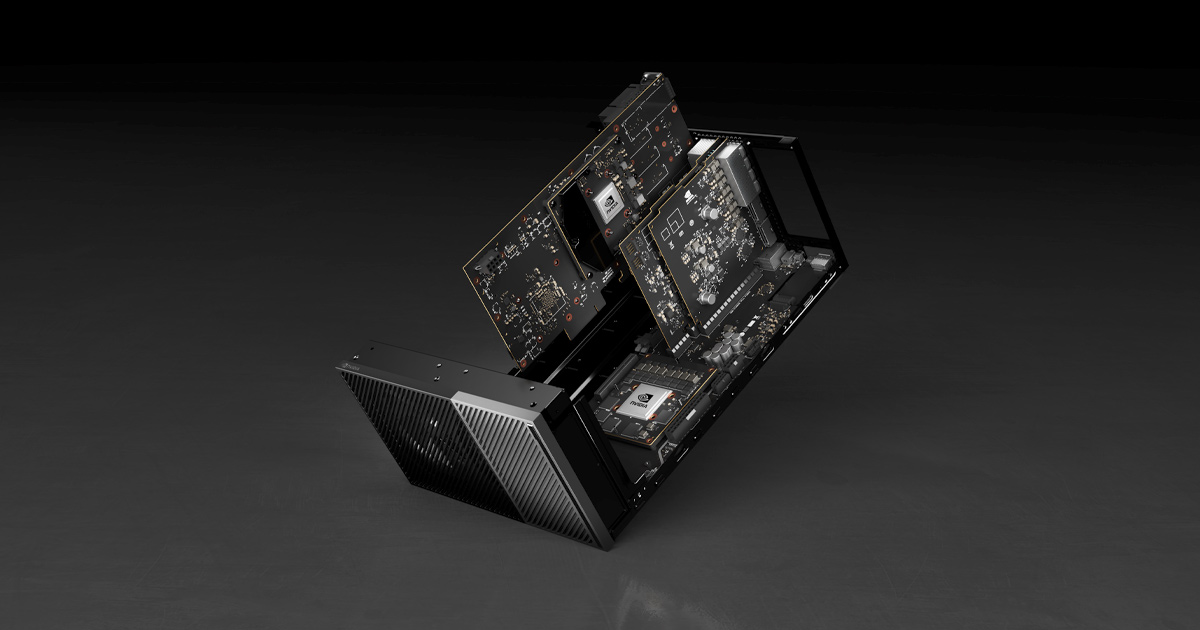Daniel in SD
(supervised)
No I quoted the section covering deployment. The first part of the document covers testing. The second part covers deployment. There are many rules regarding the manufacturers responsibility to owners in the regulations.Thanks for the California regulations.
However, you've selected regulations pertaining to the testing of autonomous vehicles, not full public deployment. The authority statute CVC § 38750, is similarly limited in scope to testing by manufacturers and their "employees, contractors, or other persons designated by the manufacturer of the autonomous technology." CVC 38750(b)(1). That is not Joe Public.
There's a difference between testing and actual deployment. As I said, liability assignment during operation of autonomous vehicles by members of the public has not been litigated.
You seem to be saying that we can't interpret regulations until they have been litigated?
Why do you think your interpretation is correct when it is contradictory to what every company who has announced an L3 vehicle is saying?





